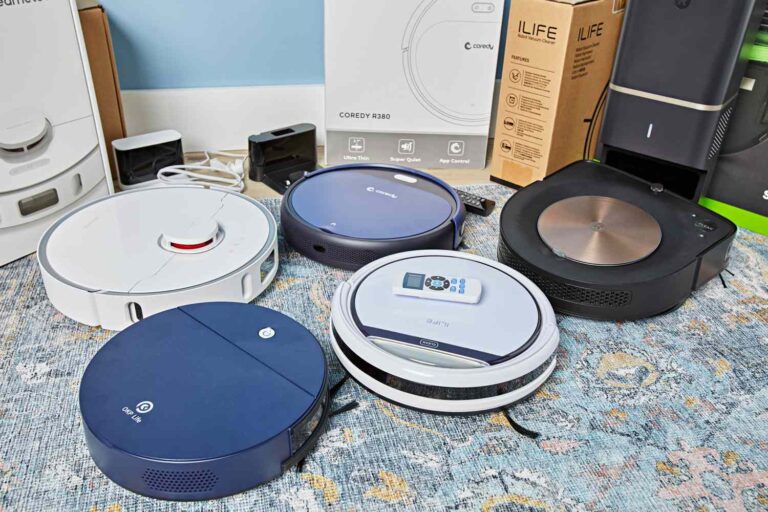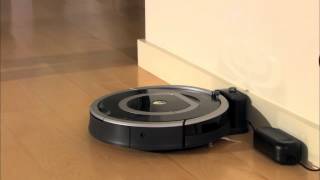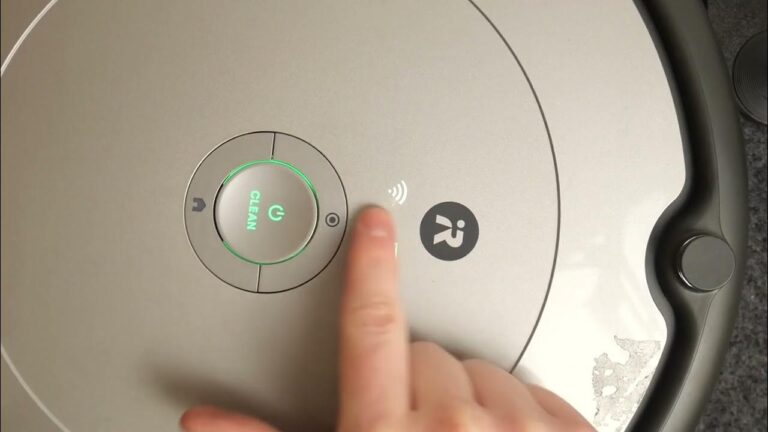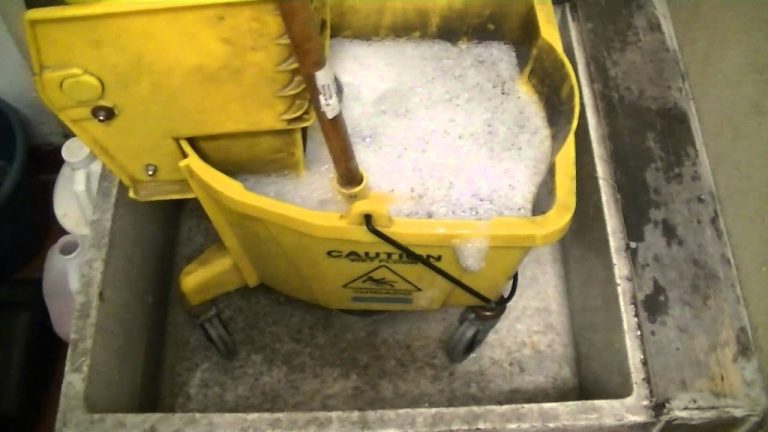How Does I Robot Vacuum Works?
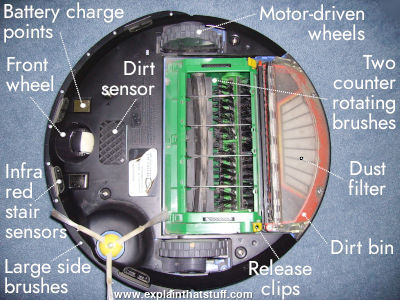
The iRobot vacuum works by autonomously navigating the space, using sensors to detect obstacles and clean the area using rotating brushes and suction power. A robotic vacuum cleaner, such as the iRobot, is a smart device designed to simplify cleaning tasks.
With its autonomous functionality, it can independently navigate through your home, effortlessly cleaning your floors. It accomplishes this by utilizing a combination of advanced sensors and algorithms. These sensors help the robot to detect obstacles and map out the area, enabling it to plan the most efficient cleaning path.
Equipped with rotating brushes and powerful suction, the robot effectively collects dirt, dust, and debris from various floor surfaces. All you need to do is set it up and let the iRobot vacuum take care of your cleaning needs with speed and precision.
Sensors And Navigation
I Robot Vacuum works by utilizing various sensors and navigation technology. Infrared sensors are used to detect obstacles in the vacuum’s path, allowing it to navigate around furniture and other objects. Cliff sensors are designed to detect stairs and drops, preventing the vacuum from falling off edges.
Bumper sensors help the robot vacuum detect and avoid collisions with walls and other objects. These sensors work together to ensure efficient and safe navigation, allowing the vacuum to clean the entire area without getting stuck or causing any damage.
With advanced technology, these robot vacuums are able to map out the room and clean every nook and cranny, making the task of cleaning easier and more convenient for users. So, if you’re looking for a hassle-free cleaning solution, consider investing in an I Robot Vacuum.
Mapping And Path Planning
I Robot vacuum works by utilizing advanced mapping technology to navigate and clean your home. It uses laser-based mapping technology to create an accurate map of your space, allowing it to efficiently move around and locate itself. This technology, known as Simultaneous Localization and Mapping (SLAM), enables the robot vacuum to plan its cleaning path intelligently.
It scans the surroundings, marking virtual walls and boundaries, which the vacuum respects and avoids crossing. This ensures that it cleans where you want it to clean and doesn’t go where you don’t want it to go. With the help of SLAM and virtual walls, the robot vacuum optimizes its path to effectively clean your floors in the most efficient and convenient way possible.
Cleaning Mechanism
The cleaning mechanism of an iRobot vacuum involves rotating brushes and a suction system. The rotating brushes effectively agitate and lift dirt and debris from the floor, while the suction power pulls it into the vacuum. As the vacuum operates, the collected dirt is stored in a dust bin, which can be easily emptied when full.
An efficient filter system ensures that fine particles and allergens are trapped, resulting in cleaner air. Another convenient feature is the iRobot’s automatic charging and docking capability. When the battery power is low, the vacuum automatically navigates back to its charging station to recharge.
This eliminates the need to manually plug in the vacuum and ensures that it is always ready for use. With its intelligent cleaning technology, the iRobot vacuum makes cleaning effortless and efficient. So, say goodbye to conventional vacuuming and let the iRobot do the work for you.

Credit: www.robotsscience.com
Frequently Asked Questions For How Does I Robot Vacuum Works
How Does A Robot Vacuum Know Where To Go?
A robot vacuum knows where to go through the use of various sensors and technologies. These include infrared sensors, cameras, and lidar sensors, which help the robot detect obstacles and map its surroundings. The robot vacuum uses these sensors to create a virtual map of the space it needs to clean.
It then uses algorithms to determine the most efficient route to navigate around the room or area. The sensors also help the robot vacuum avoid falling down stairs or getting stuck in corners or tight spaces. With these features, the robot vacuum can autonomously move around the room and clean the floor effectively.
By combining advanced sensors and intelligent algorithms, the robot vacuum can navigate your home efficiently and clean hard-to-reach areas with ease.
Do Robot Vacuums Work Without Internet?
Yes, robot vacuums can work without an Internet connection. They operate independently through built-in sensors and programming. Without the need for Internet connectivity, they can navigate and clean your floors just fine. These devices use various sensors, cameras, and mapping technology to detect obstacles, avoid falls, and efficiently clean your home.
You don’t need an Internet connection for them to function. Simply press the start button, and the robot vacuum will get to work.
How Does A Robot Vacuum Know Where To Charge?
A robot vacuum knows where to charge through its built-in sensors. These sensors detect signals from a charging station, allowing the vacuum to navigate towards it. When the battery level of the robot vacuum drops below a certain threshold, the sensors pick up the signal from the charging station.
Once the signal is detected, the vacuum follows it back to the station to recharge. This navigation system ensures that the robot vacuum can always find its way back to the charging dock, even if it has been cleaning in different areas of the house.
By using these sensors, the robot vacuum can autonomously recharge itself, ensuring it is always ready for the next cleaning session.
Conclusion
The operation of an iRobot vacuum is a remarkable combination of advanced technology and simplicity. Equipped with sensors, algorithms, and efficient cleaning mechanisms, these devices can navigate and clean your home without assistance. They can easily adapt to various surfaces, avoid obstacles, and can be scheduled for convenient cleaning. With the rapid advancement of technology, iRobot vacuums are poised to become even smarter and more efficient, revolutionizing the way we maintain cleaner and more comfortable living spaces.
